Safe Work Australia is developing a model Code of Practice (model Code) which provides practical guidance for employers on how to manage the risks of biological hazards at work.
Safe Work Australia is developing a model Code of Practice (model Code) which provides practical guidance for employers on how to manage the risks of biological hazards at work.
COVID-19 is a highly contagious disease caused by the coronavirus SARS-CoV-2. It spreads through respiratory droplets or small airborne particles when an infected person coughs, sneezes, or talks, and is in close contact with others.
Further information and resources to help you manage the risk of COVID-19 at work.
This page provides information on control measures used to manage the risk of COVID-19 at work.
This page provides guidance to assist PCBUs manage the risk of exposure to COVID-19 at work.
A PCBU has a duty to eliminate or minimise WHS risks to workers and others at the workplace, including risks from COVID-19, so far as is reasonably practicable.
You have a duty to eliminate or minimise risks to workers and others at the workplace, including from avian influenza, so far as is reasonably practicable.
This page provides persons conducting a business or undertaking with information on avian influenza (bird flu) and their duties under the model WHS laws.
Work health and safety (WHS) ministers have agreed to the new WEL list and a harmonised transition period ending on 30 November 2026. This change comes after extensive work and consultation to revise the Workplace exposure standards for airborne contaminants (WES).
These are resources to help you understand and manage the risk of contact dermatitis in the workplace.
There are many ways a person conducting a business or undertaking (PCBU) and workers can eliminate or minimise the risk of contact dermatitis.
Contact dermatitis is when your skin becomes inflamed because of something that has touched it. It can be caused by many things, including chemicals, rubber, glue, dyes, oils, soaps and detergents.
Biological hazards are organic substances that pose a threat to the health of humans and other living organisms. They include pathogenic micro-organisms, viruses (e.g. Hepatitis, HIV, avian flu, Q-fever), toxins, spores, fungi and bio-active substances.
